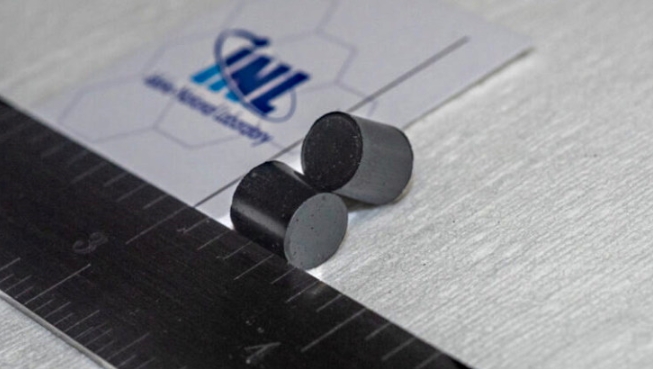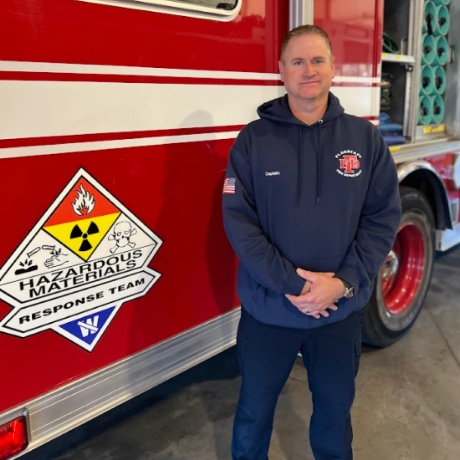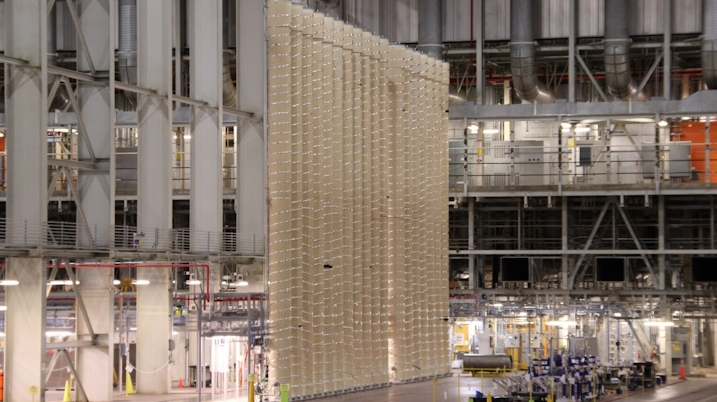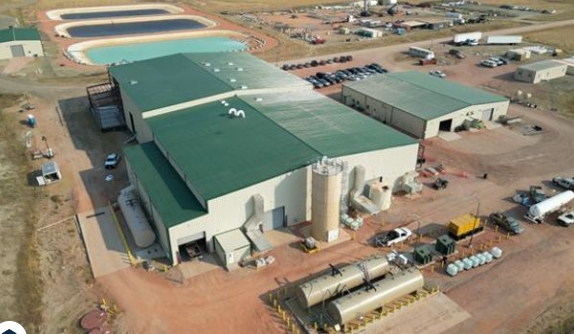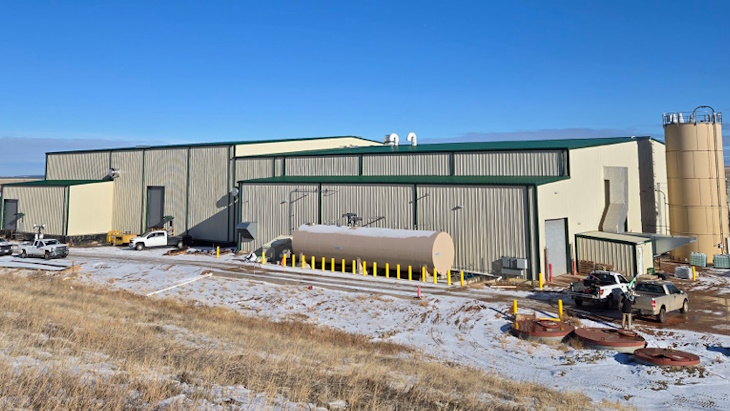
Seattle-based Avalanche Energy is pursuing the vision of micro fusion power that one can hold in one’s hands.
The company, which is venture backed and most recently has been awarded a prototype contract for space-based applications, is developing a device named ‘Orbitron’, which in its basic form is a 5kW power pack in a form factor about the size of a lunchbox but can be grouped by the hundreds to megawatt scale.
The Orbitron utilises electrostatic fields to trap fusion ions in conjunction with a magnetron electron confinement scheme.
Crossing paths of ions provide millions of chances of fusion-relevant collisions before the ion loses energy and is removed from the chamber, with the resulting fusion burn producing the energetic particles that generate either heat or electricity.
With the physics of the Orbitron enabling its small size, potential benefits include rapid manufacturing using conventional tools and techniques, light weight and low cost.
But it also brings challenges, among them the small plasma interaction space, requiring extremely high voltages to trap the ions at fusion relevant speeds, and the plasma interactions are not well understood.
Avalanche envisages micro fusion to have limitless applications for distributed clean energy from personal transportation to microgrid power, while its small size offers potential for use both for propulsion and as a power source for space applications.
The Prototype Other Transaction contract to Avalanche, one of two awarded by the US Defense Innovation Unit (DIU) to next generation nuclear propulsion and power concepts, is aimed to test solutions that give small spacecraft the ability to manoeuvre at will in near space and enable high power payloads that will support the expansion of Department of Defense space missions.
“Advanced nuclear technologies will provide the speed, power and responsiveness to maintain an operational advantage in space,” said US Air Force Maj Ryan Weed, programme manager for the Nuclear Advanced Propulsion and Power (NAPP) programme at DIU.
“Nuclear tech has traditionally been government-developed and operated, but we have discovered a thriving ecosystem of commercial companies, including start-ups, innovating in space nuclear.”
The second company awarded a contract by DIU is Ultra Safe Nuclear for its EmberCore technology, one of a range of nuclear technologies the company has under development including a micro modular reactor with ceramic core and nuclear thermal space propulsion engines.
EmberCore is a chargeable, encapsulated nuclear radioisotope battery, which can be paired with power conversion systems to act as a long duration battery or with electric propulsion technology for high speed propulsion.
EmberCore is envisaged to be able to scale to ten times higher power levels compared to plutonium systems and to provide more than 1 million kWh of energy in just a few kilograms of fuel.
Future space missions are expected to demand more power for spacecraft control and manoeuvrability and technologies developed for space should in turn make their way to earth-based applications.

